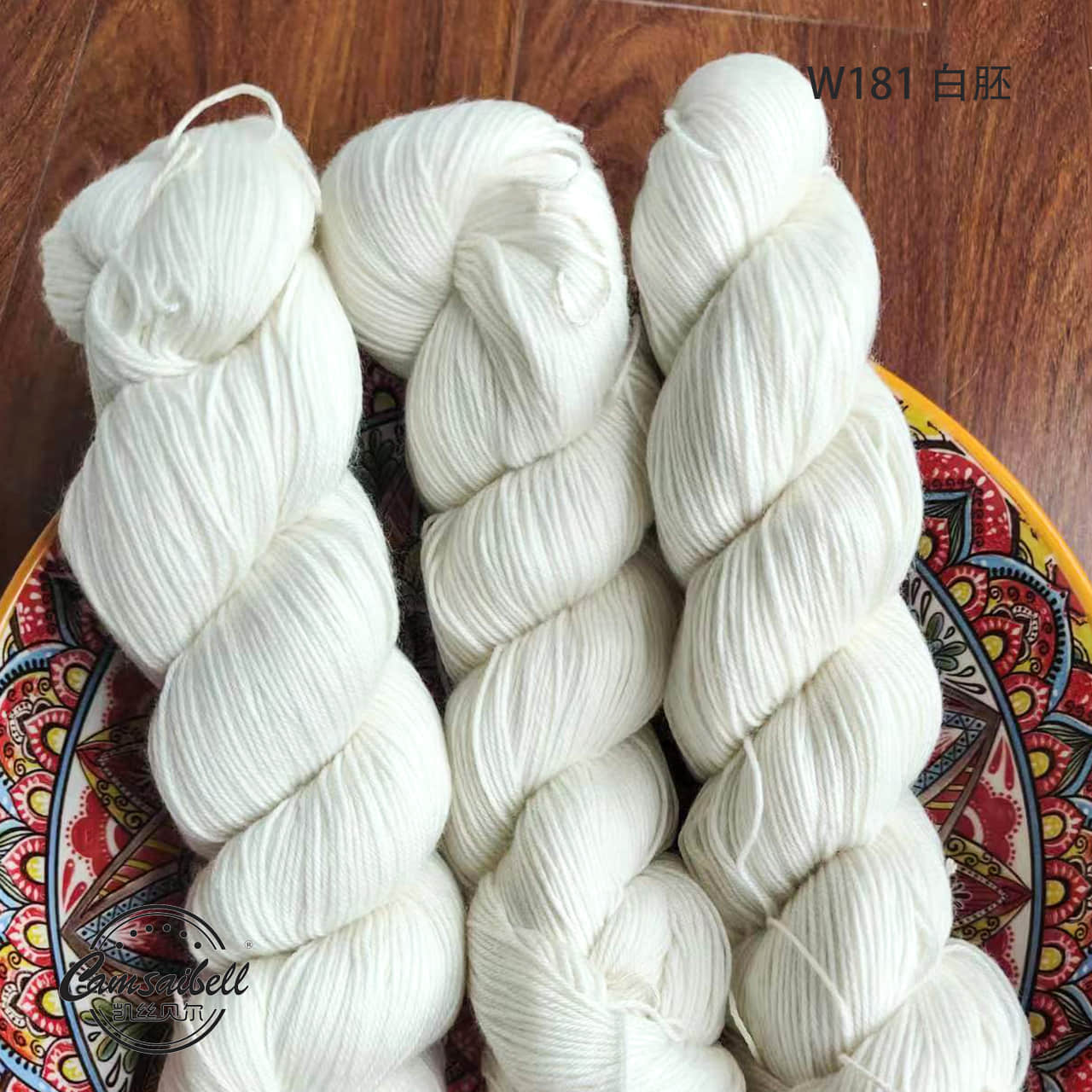Corn yarn is a new type of environmentally friendly fiber that uses renewable corn starch as raw material and is processed through advanced textile technology. As a green, degradable alternative material, it has significant advantages in environmental protection and sustainability.
It not only effectively reduces dependence on petroleum resources, but also reduces environmental pollution during traditional fiber production. The unique properties of corn yarn make it excellent in comfort, breathability and antibacterial properties and has gradually become a popular choice in clothing, home textiles and other fields. As global awareness of environmental protection increases, its application prospects are becoming broader, driving the textile industry to develop in a greener and more sustainable direction.
Environmental Protection and Sustainability of Corn Yarn
Using renewable resources to reduce dependence on fossil fuels
- The raw material of corn yarn comes from corn starch, which is a bio-based resource and a renewable resource. Compared with traditional petroleum-based synthetic fibers (such as polyester and nylon), production greatly reduces dependence on non-renewable resources such as petroleum.
- The growth cycle of corn is short and sustainable. During agricultural production, corn can absorb carbon dioxide and reduce carbon emissions.
Reducing greenhouse gas emissions and ecological footprint
- During the production process, the use of plant-based raw materials (corn starch) instead of petroleum-based chemicals reduces greenhouse gas emissions. The absorption of carbon dioxide during the growth of plants partially offsets the carbon emissions in the production process.
- Compared with the high energy consumption of synthetic fiber production, its production process can effectively reduce the overall ecological footprint.
Biodegradability: Reduce plastic pollution
- Corn yarnhas excellent biodegradability. When the product life ends, corn fiber can be decomposed in the natural environment and will not exist in the environment for a long time like traditional petroleum-based fibers to cause pollution.
- This allows corn yarn to reduce the long-term impact of plastic waste on the ecological environment after the product life cycle, especially in the context of the increasingly serious problem of marine plastic pollution, providing a more environmentally friendly alternative.
Promoting the textile industry to develop in a sustainable direction
- The emergence of corn yarn has brought new green solutions to the textile industry, which meets the current consumer and brand demand for environmentally friendly and sustainable products.
- Many clothing brands and manufacturers have begun to use corn yarn as a raw material to produce products that are both environmentally friendly and comfortable. This not only helps the brand enhance its green image, but also promotes the entire textile industry chain to develop in a more sustainable direction.
- The application of corn yarn has promoted the textile industry’s innovative exploration of new environmentally friendly materials and promoted the continuous development of low-carbon and green technologies.

The comfort and functionality of corn yarn
Corn yarn is an innovative material made of polylactic acid (PLA) fiber. It has excellent performance in comfort, breathability, antibacterial properties, etc., and is suitable for daily wear and functional clothing.
In terms of comfort, the molecular structure of corn fiber makes it highly soft, able to fit the skin and reduce friction, thereby improving wearing comfort. At the same time, it has moderate hygroscopicity and can effectively absorb human sweat and keep the skin dry. In addition, the density of polylactic acid fiber is low and the material is lightweight, making it suitable for making clothing that can be worn for a long time.
Breathability is another big plus. Its unique microporous structure can promote air circulation and enhance the breathability of the fabric. Compared with traditional fibers such as cotton and polyester, the breathability effect of corn yarn is more significant. This makes the cornmeal fabric ideal for use in sportswear or everyday wear, especially in warmer climates, to help keep you dry and comfortable.
Antibacterial properties are also an important feature. Because polylactic acid fiber itself has natural antibacterial properties, it can inhibit the growth of bacteria and thereby reduce the generation of odor. Unlike traditional antibacterial treatment technology, its antibacterial properties do not rely on external chemicals, making it more environmentally friendly and skin-friendly. This makes it particularly suitable for use in clothing that requires prolonged contact with the skin, such as underwear, sportswear, etc.
It has broad application prospects in daily wear and functional clothing. Due to its excellent comfort and breathability, it can be used in T-shirts, underwear, pajamas and other intimate clothing. Its antibacterial properties and environmentally friendly advantages make it also very suitable for use in sportswear, protective clothing, medical clothing and other fields, especially in high-humidity environments or special occasions that need to be kept clean. In addition, in line with the trend of sustainable development, with the improvement of environmental awareness, it is becoming more and more popular among consumers.
Compared with traditional fibers such as cotton and polyester, the performance of corn yarn has obvious advantages. In terms of comfort and breathability, corn yarn is better than cotton and polyester. At the same time, its natural antibacterial properties make it more widely used in daily wear and functional clothing.





